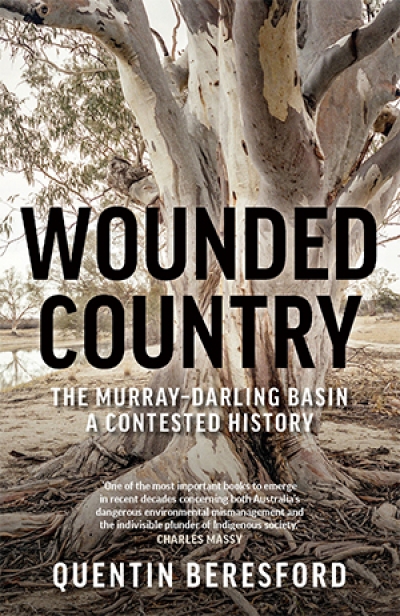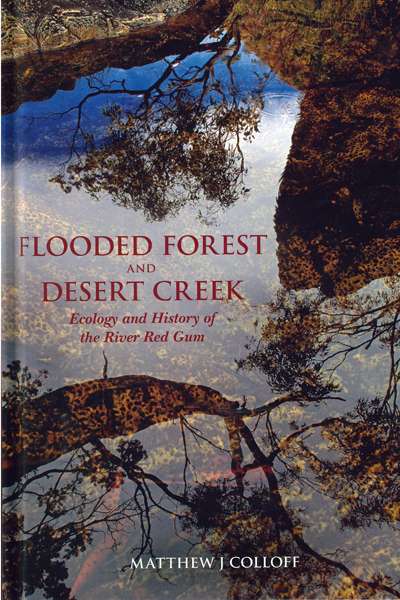At the height of the Millennium Drought (2001–9), I took the late Deborah Bird Rose to my favourite childhood swimming hole near Dubbo, on the Wambool (Macquarie River). The banks had eroded and a flood had washed the sandy beach a hundred metres upstream, burying trees halfway up to their crowns. Weeds flourished in the churned ground, and scum floated on the shallows. Nothing seemed safe from degradation. Farther west, on the Barka (Darling River) near Bourke, we passed private water storages lining the banks of the river for kilometres. The scalded land was strewn with rubbish and discarded machinery. Wind blew dust into our eyes. At our feet, a dead sheep lay in an irrigation channel. ‘This is it,’ I said. ‘This is broken country.’ Rose thought for a moment, then turned and said, ‘No, it’s wounded.’ It was a reminder to afford nature its potential to heal.
...
(read more)


